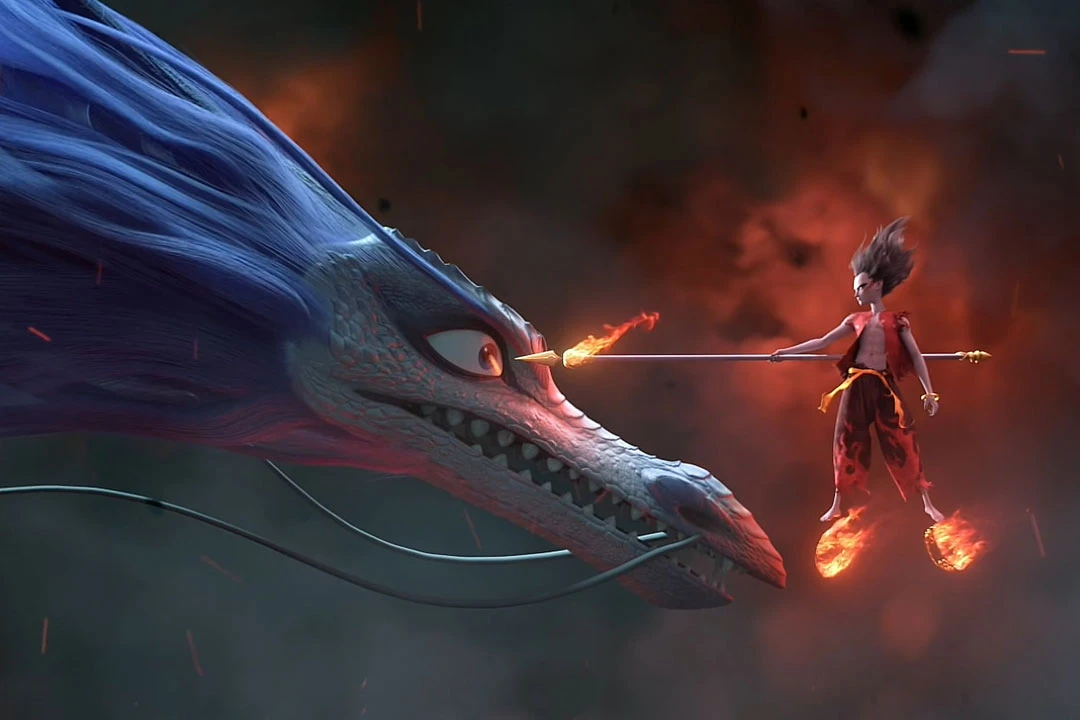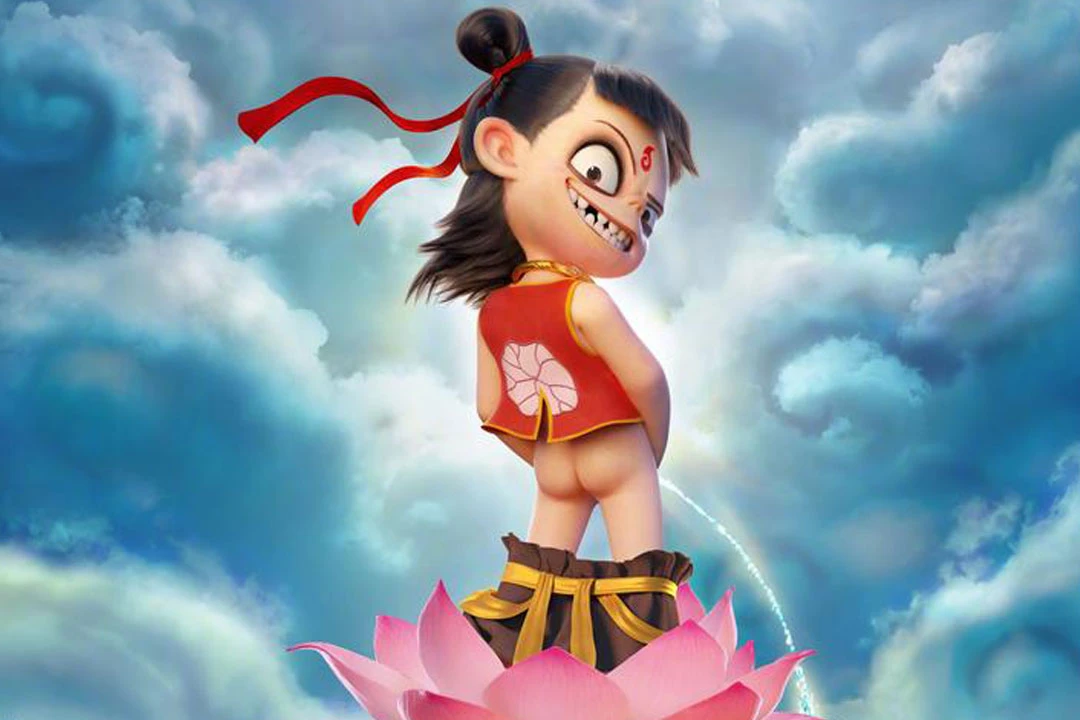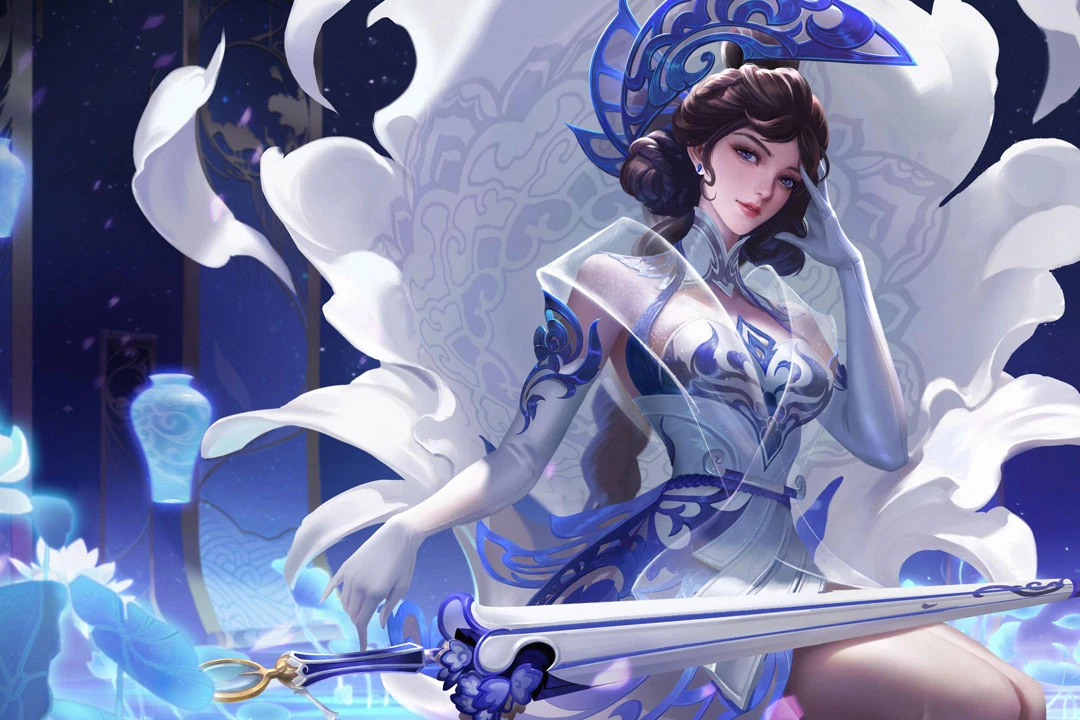From Ink to Pixels: The Evolution of Chinese Animation's Cultural Roots
In the vibrant landscape of global animation, a sleeping dragon has awakened. China, with its rich tapestry of cultural heritage and burgeoning technological prowess, is experiencing a renaissance in its animation industry. This resurgence is not merely a reflection of economic growth or technological advancement, but a testament to the enduring power of storytelling and the resilience of cultural identity in the face of globalization.
The journey of Chinese animation is a tale of rediscovery and reinvention. In the early 20th century, pioneers like Wan Laiming and Te Wei laid the foundation for what would become known as the "Chinese School" of animation. Their works, infused with traditional Chinese aesthetics and storytelling techniques, garnered international acclaim and set a high bar for artistic excellence. However, the industry faced challenges in the latter half of the century, grappling with the influx of Western and Japanese animations that dominated global markets.
But like the mythical phoenix rising from the ashes, Chinese animation has emerged stronger and more vibrant than ever. This resurgence is rooted in a newfound cultural confidence, blending time-honored traditions with contemporary themes and cutting-edge technology. Modern Chinese animators are no longer content to simply mimic foreign styles; instead, they are crafting a unique visual language that speaks to both domestic and international audiences.
Take, for example, the phenomenal success of "Ne Zha," a 2019 animated feature that reimagines a beloved character from Chinese mythology. The film's stunning visuals and compelling narrative not only broke box office records in China but also received critical acclaim abroad. This success story exemplifies the industry's ability to transform ancient legends into relatable, modern epics that resonate across cultural boundaries.
Cultivating Confidence: How China's Animation Industry Found Its Voice
The renaissance of Chinese animation is not limited to the big screen. The explosive growth of web comics and animated series has created a fertile ground for experimentation and innovation. Platforms like Bilibili have become incubators for fresh talent, allowing young creators to showcase their work to millions of viewers. This democratization of content creation has led to a diverse ecosystem of styles and genres, from slice-of-life dramas to fantastical adventures.
One of the most exciting developments in this new era of Chinese animation is the industry's commitment to addressing contemporary social issues. Animated works like "The Legend of Hei" tackle themes of environmental conservation and urban development, while "Flavors of Youth" explores the complexities of modern life in China's rapidly changing cities. By engaging with these pressing topics, Chinese animators are not only entertaining audiences but also contributing to important societal conversations.
The global ambitions of Chinese animation are evident in the increasing number of international collaborations and co-productions. Studios like Light Chaser Animation have partnered with foreign distributors to bring their works to a worldwide audience. These partnerships are not just about expanding market reach; they're fostering cultural exchange and mutual understanding. As Chinese animations gain traction overseas, they're challenging preconceptions and offering fresh perspectives on Chinese culture and values.
However, the path to global recognition is not without its challenges. Chinese animators must navigate the delicate balance between artistic expression and regulatory oversight, ensuring their works resonate with audiences while adhering to domestic content guidelines. Additionally, the industry faces stiff competition from well-established animation powerhouses in Japan and the United States.
Global Aspirations: Chinese Animation's Path to International Recognition
Despite these hurdles, the future of Chinese animation looks bright. Government support, coupled with private investment, has created a robust infrastructure for the industry. Animation schools and training programs are nurturing the next generation of talent, equipping them with both technical skills and a deep appreciation for China's cultural heritage.
The renaissance of Chinese animation is more than just an economic success story; it's a cultural phenomenon that reflects China's evolving identity in the 21st century. By embracing their roots while looking to the future, Chinese animators are crafting narratives that are uniquely their own yet universally appealing. They're proving that animation can be a powerful medium for cultural diplomacy, bridging divides and fostering understanding across borders.
As we look to the future, the potential for Chinese animation seems limitless. With each passing year, the industry grows more sophisticated, more daring, and more influential on the global stage. From the intricate brushstrokes of traditional ink paintings to the boundless possibilities of digital animation, Chinese creators are weaving a new tapestry of visual storytelling that honors the past while boldly stepping into the future.
The renaissance of Chinese animation is not just about reclaiming a lost art form; it's about reimagining what animation can be in the hands of a culture with five thousand years of artistic tradition. As the world watches, China's animators are painting a new chapter in the global history of animation, one frame at a time. Their journey is a testament to the power of cultural confidence and the universal language of visual storytelling, promising a future where the lines between East and West blur, and new forms of artistic expression emerge to captivate audiences around the world.



